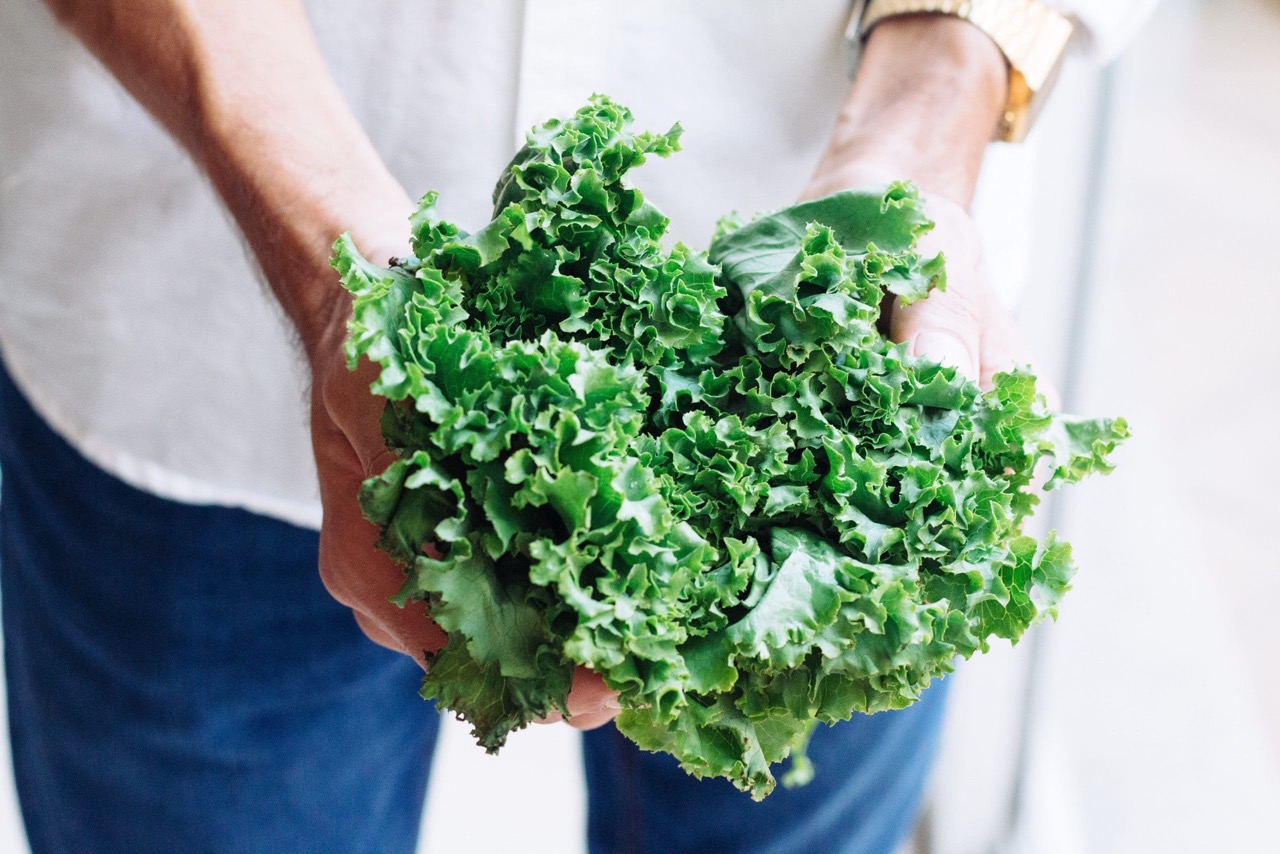

Articles
How To Store Kale
Modified: February 20, 2024
Discover the best articles on how to store kale and keep it fresh for longer. Learn essential tips and techniques to maintain the nutrients and quality of your kale.
(Many of the links in this article redirect to a specific reviewed product. Your purchase of these products through affiliate links helps to generate commission for Storables.com, at no extra cost. Learn more)
Introduction
Kale, a leafy green vegetable that is part of the cabbage family, has gained popularity in recent years due to its numerous health benefits and versatility in the kitchen. Packed with vitamins, minerals, and fiber, kale is a nutrient powerhouse that can be enjoyed in salads, smoothies, soups, and various other dishes.
When you have a surplus of kale or want to take advantage of its nutritional value for an extended period, it’s essential to know how to store it properly. Storing kale correctly will help maintain its freshness, taste, and nutritional content for as long as possible.
In this article, we will guide you through the process of storing kale to maximize its shelf life and ensure you have delicious, nutrient-rich greens readily available when you need them. We will cover everything from selecting fresh kale to storing it in the refrigerator and freezer, as well as tips for long-term storage.
By following these tips, you can avoid wasting precious kale and enjoy its benefits for an extended period, making meal planning and preparation a breeze.
Key Takeaways:
- Store kale in the refrigerator with a damp paper towel to maintain freshness for up to a week. Use blanched kale for long-term freezer storage and label portions for easy use.
- Thaw frozen kale slowly in the refrigerator or quickly in cold water, then enjoy in cooked dishes for optimal texture and flavor. Experiment with kale in salads, smoothies, soups, and more for a nutritious boost.
Read more: How To Store Lacinato Kale
Understanding Kale
Kale belongs to the Brassicaceae family and is classified as a cruciferous vegetable. It is known for its vibrant green or purple leaves and a slightly bitter flavor. Kale is rich in essential nutrients such as vitamin K, vitamin C, vitamin A, calcium, and antioxidants.
There are several varieties of kale, including curly kale, lacinato kale (also known as dinosaur kale), and red kale. Each variety has its own unique texture and flavor profile, but they all share the same nutritional benefits.
Due to its high nutrient content, kale has been hailed as a superfood and has gained popularity among health-conscious individuals. It is low in calories, making it an excellent addition to a balanced diet. Kale is also a good source of fiber, which promotes digestive health and helps you feel full for longer periods.
When selecting kale, look for vibrant leaves that are crisp and free from wilting or discoloration. It’s best to choose organic kale whenever possible to avoid exposure to pesticides and other chemicals.
Kale can be consumed raw or cooked, and the method of preparation will depend on personal preference and the desired dish. Raw kale can be enjoyed in salads or as a base for green smoothies. When cooked, kale can be sautéed, steamed, or added to soups and stir-fries.
Understanding the unique qualities of kale and its nutritional benefits will help you appreciate its value and make the most of your stored supply.
Selecting Fresh Kale
When it comes to storing kale, starting with fresh and high-quality leaves is crucial. Here are some tips for selecting fresh kale:
- Look for vibrant leaves: Choose kale leaves that are bright green or deep purple in color. Avoid any leaves that appear yellowed, wilted, or have brown spots.
- Check for firmness: The leaves should feel firm and crisp to the touch. Avoid kale with limp or floppy leaves, as this may indicate it is not fresh.
- Inspect the stems: The stems of kale should be sturdy and firm. Avoid kale with woody or discolored stems.
- Opt for organic: Whenever possible, choose organic kale to ensure it is free from pesticides and other harmful chemicals.
It’s also worth noting that baby kale, which has more tender leaves, tends to spoil more quickly than mature kale. If you plan on storing kale for an extended period, opt for mature kale with sturdy leaves.
Remember that the freshness of the kale at the time of purchase will greatly impact its storage life. So, take your time and select the best quality kale available to enjoy its benefits for longer.
Preparing Kale for Storage
Before storing kale, it’s important to properly prepare it to ensure its longevity. Here are the steps for preparing kale for storage:
- Remove any damaged leaves: Inspect the kale bunch and discard any leaves that are wilted, yellowed, or have brown spots. Removing damaged leaves will prevent them from spoiling the rest of the kale.
- Separate the leaves: Gently detach the kale leaves from the stems. The stems are edible but can be tough, so it’s often preferred to remove them before storage. However, you can keep the stems if you plan on using them in recipes.
- Wash the leaves: Thoroughly rinse the kale leaves under cool running water. This will remove any dirt, pesticides, or debris that may be present.
- Dry the leaves: After washing, pat the kale leaves dry with a clean kitchen towel or use a salad spinner to remove excess moisture. Drying the leaves will prevent them from becoming soggy and promote better storage.
Once you have properly prepared the kale leaves, you can proceed to store them in the refrigerator or freezer, depending on your needs and preferences. Remember that proper preparation is essential to maintain the quality and freshness of kale throughout its storage period.
Storing Kale in the Refrigerator
The refrigerator is an ideal place to store kale if you plan on using it within a week. Follow these steps to store kale in the refrigerator:
- Place kale in a storage bag: Place the dried kale leaves in a plastic storage bag or airtight container. Squeeze out as much air as possible before sealing the bag or container.
- Add a damp paper towel: Place a damp paper towel in the bag or container alongside the kale leaves. This will help maintain the moisture levels and prevent the leaves from drying out.
- Store in the vegetable crisper: Place the sealed bag or container in the vegetable crisper drawer of your refrigerator. The cool temperature and controlled humidity of the crisper drawer will help preserve the freshness of the kale.
It’s important to note that kale stored in the refrigerator may slowly lose its crispness over time. Therefore, it’s best to consume refrigerated kale within a week for the best texture and taste.
Remember to check on the kale periodically and discard any leaves that show signs of wilting or spoilage. Proper storage in the refrigerator will help extend the shelf life of kale, ensuring you have fresh and nutritious greens on hand whenever you need them.
To store kale, remove any rubber bands or ties, wrap the kale in a damp paper towel, and place it in a plastic bag in the refrigerator. This will help keep the kale fresh for up to a week.
Read more: How To Store Washed Kale
Storing Kale in the Freezer
If you have a surplus of kale or want to store it for a longer period, freezing kale is an excellent option. Here’s how you can store kale in the freezer:
- Blanch the kale: Blanching helps preserve the color, texture, and flavor of the kale. Bring a pot of water to a boil and add the kale leaves. Blanch them for 2-3 minutes, then immediately transfer them to a bowl of ice water to stop the cooking process.
- Drain and pat dry: Once the kale has cooled in the ice water, drain it thoroughly. Gently pat the leaves dry with a clean kitchen towel to remove excess moisture.
- Divide into portions: Divide the blanched and dried kale into portion sizes that you’re likely to use in a single recipe or serving. This will make it easier to thaw and use later.
- Place in freezer bags or containers: Place the kale portions into freezer-safe bags or airtight containers. Remove as much air as possible from the bags before sealing them. Alternatively, you can use a vacuum sealer to remove air for a better freezer storage result.
- Label and freeze: Label the freezer bags or containers with the date and contents. Place them in the freezer in a flat position, allowing them to freeze quickly and prevent them from sticking together.
Frozen kale can last for several months if stored properly. However, its texture may become slightly softer after thawing, making it better suited for cooked dishes rather than raw preparations.
Remember to thaw only the amount of kale you’ll need for a specific recipe to avoid repeated thawing and refreezing, which can compromise the quality and texture of the kale.
Now that you know how to store kale in the freezer, you can preserve its nutritional value and enjoy the convenience of having kale readily available for future meals.
Thawing Frozen Kale
When it’s time to use the frozen kale you stored, it’s important to thaw it properly to maintain its texture and flavor. Here are a few methods for thawing frozen kale:
- Refrigerator thawing: The easiest and safest method is to transfer the frozen kale from the freezer to the refrigerator. Place the sealed bag or container in the refrigerator and allow it to thaw slowly overnight or for several hours. This gradual thawing method helps retain the quality of the kale.
- Quick thawing in water: If you need to thaw kale quickly, you can submerge the sealed bag or container in a bowl of cold water. Change the water every 30 minutes to ensure it remains cold. The kale should thaw within 1-2 hours, depending on the amount and thickness of the frozen leaves.
- Thawing in the microwave: If you’re in a hurry, you can use the defrost setting on your microwave to thaw the frozen kale. Place the sealed bag or container in the microwave and follow the manufacturer’s instructions for defrosting leafy greens. Be careful not to overheat the kale, as it can become mushy.
Once the kale is thawed, it may release some liquid. You can gently squeeze out excess moisture before using it in your desired recipe.
It’s important to note that thawed kale is best used in cooked dishes rather than raw preparations. The texture may become softer, and the flavor can be more pronounced after freezing. Incorporate the thawed kale into soups, stews, pasta dishes, or sautés to take advantage of its rich flavor and nutrients.
By following these thawing methods, you can quickly and safely prepare your frozen kale for use in a variety of delicious recipes.
Using Stored Kale
Now that you have successfully stored and preserved your kale, it’s time to enjoy its versatile and nutritious qualities in your culinary creations. Here are some ideas for using stored kale:
- Salads: Kale makes a fantastic base for salads. Tear the leaves into bite-sized pieces and combine them with your favorite veggies, fruits, nuts, and dressings for a refreshing and nutrient-packed meal.
- Smoothies: Add a handful of kale leaves to your favorite smoothie recipe for an extra boost of vitamins and minerals. The mild bitterness of kale pairs well with sweet fruits like bananas, berries, and mangoes.
- Soups and stews: Incorporate chopped or shredded kale into hearty soups, stews, and chili recipes. Its sturdy texture holds up well during cooking, adding a delightful crunch and vibrant color.
- Sautéed or stir-fried: Lightly cook kale in a stir-fry or sauté it with garlic, olive oil, and a pinch of salt for a quick and nutritious side dish. The cooking process helps soften the leaves and bring out their flavors.
- Kale chips: Transform kale into crispy and addictive chips by tossing the leaves with olive oil, salt, and your favorite seasonings. Bake them in the oven until they turn crispy, and enjoy them as a healthy snack.
- Pasta dishes: Add wilted or blanched kale to pasta dishes like spaghetti or lasagna for an added dose of nutrients and color. The earthy taste of kale pairs well with rich tomato-based sauces or creamy pasta dishes.
Experiment with different recipes and cooking methods to find your favorite ways to incorporate kale into your meals. Don’t be afraid to get creative and try new flavor combinations!
Remember to adjust the cooking time depending on whether you are using fresh, refrigerated, or frozen kale. Fresh kale will require less cooking time, while frozen kale may need a bit more time to fully cook.
By utilizing your stored kale in various dishes, you’ll not only enjoy its health benefits but also add a burst of flavor and texture to your meals.
Tips for Long-Term Kale Storage
If you want to extend the storage life of kale beyond a few weeks, here are some tips for long-term kale storage:
- Freeze in individual portions: When storing kale in the freezer, portion it out into smaller quantities that you’re likely to use in a single recipe or serving. This way, you can thaw only what you need and prevent wastage.
- Vacuum seal for better preservation: Consider investing in a vacuum sealer to remove excess air from the freezer bags. Vacuum-sealed bags help protect the kale from freezer burn and extend its freezer life.
- Use blanched kale for longer storage: Blanching kale before freezing helps preserve its color, texture, and flavor. If you want to store kale for an extended period, blanching is recommended.
- Label and date your storage bags or containers: Properly label your frozen kale with the date of freezing. This will help you keep track of its freshness and ensure that you use the oldest kale first.
- Rotate your kale supply: If you have a large quantity of kale stored, remember to use the oldest batches first. Rotate your supply by consuming the oldest frozen kale and replacing it with freshly blanched or refrigerated kale.
- Consider dehydrating kale: Another option for long-term storage is dehydrating kale. Dehydrated kale can be crushed into flakes or powder and used as a seasoning or added to smoothies. Store the dehydrated kale in an airtight container in a cool, dark place.
- Keep track of the storage time: While frozen kale can last for several months, its quality may gradually decline over time. It’s best to use the frozen kale within 6-8 months for optimal taste and texture.
By following these tips, you can maximize the storage life of kale and ensure that you have a steady supply of this nutritious vegetable throughout the year.
Remember to always use your best judgment when consuming stored kale. If it has an off smell, appearance, or taste, it’s best to discard it to avoid any potential health risks.
With these long-term storage tips, you can enjoy the benefits of kale, even when it’s out of season or in limited supply.
Read more: How To Store Kale In Freezer
Conclusion
Storing kale properly is essential for preserving its freshness, taste, and nutritional value. Whether you have a surplus of kale from your garden or want to take advantage of its health benefits year-round, following the right storage techniques is key.
From understanding kale’s qualities to selecting fresh leaves and preparing them for storage, each step plays a crucial role in maintaining the kale’s quality. Storing kale in the refrigerator or freezer, and properly thawing frozen kale, ensures that you can enjoy its nutritional benefits in a variety of dishes.
Remember to use your stored kale creatively by incorporating it into salads, smoothies, soups, stir-fries, and other favorite recipes. Experiment with different cooking methods and flavor combinations to discover the versatility of this leafy green.
For long-term storage, consider blanching your kale before freezing and using vacuum-sealed bags to maintain its quality for an extended period. Additionally, rotating your supply and keeping track of storage time helps ensure that you use the oldest kale first.
By implementing these tips and techniques, you can enjoy the benefits of kale year-round, reducing waste and ensuring a steady supply of this nutritious superfood in your kitchen. So, go ahead and store your kale with confidence, knowing that you’re ready to incorporate its vibrant flavors and abundant nutrients into your culinary endeavors.
Start implementing these storage methods and enjoy the convenience and nutritional benefits of having kale readily available whenever you need it. Happy cooking!
Frequently Asked Questions about How To Store Kale
Was this page helpful?
At Storables.com, we guarantee accurate and reliable information. Our content, validated by Expert Board Contributors, is crafted following stringent Editorial Policies. We're committed to providing you with well-researched, expert-backed insights for all your informational needs.
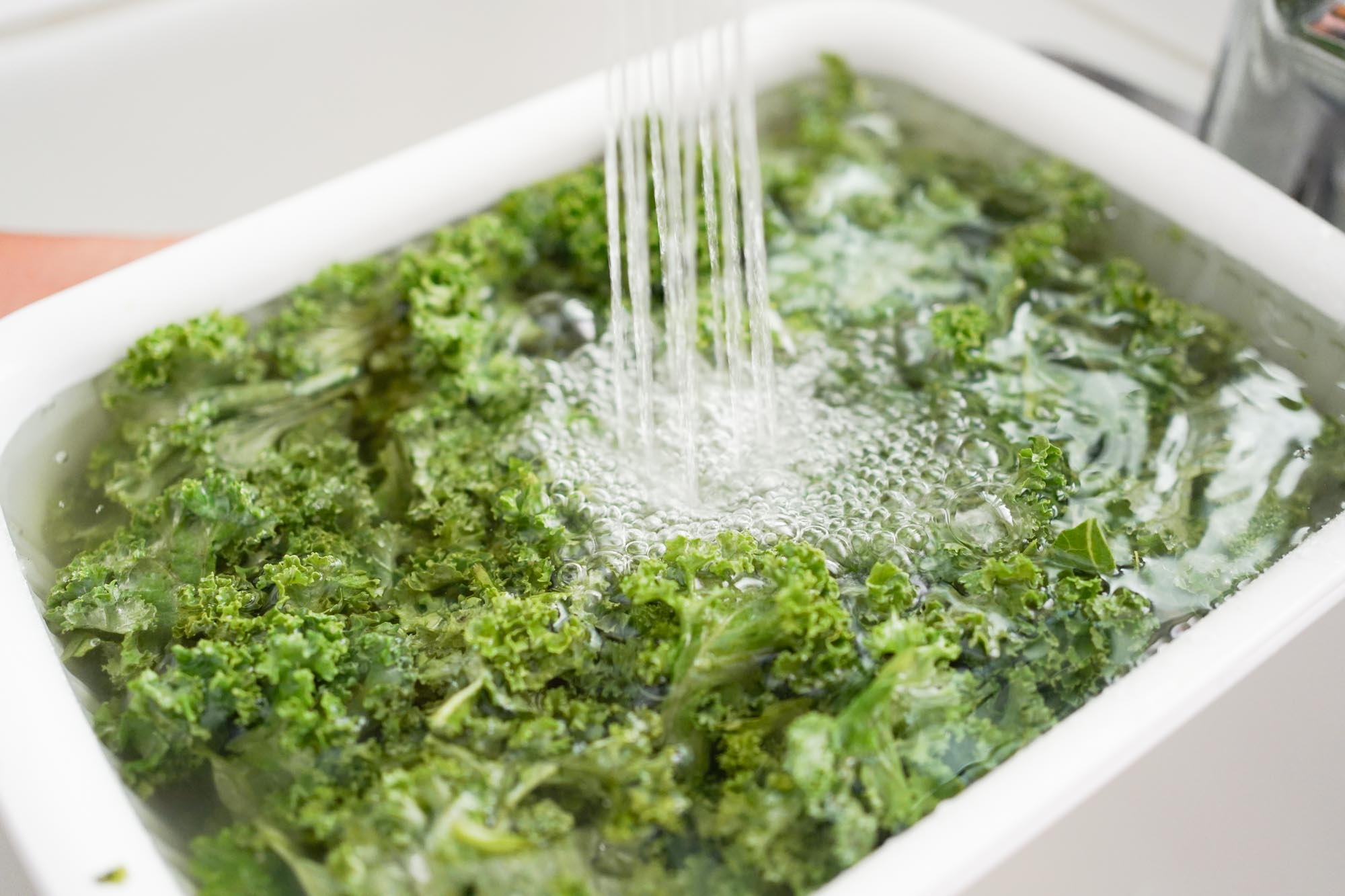
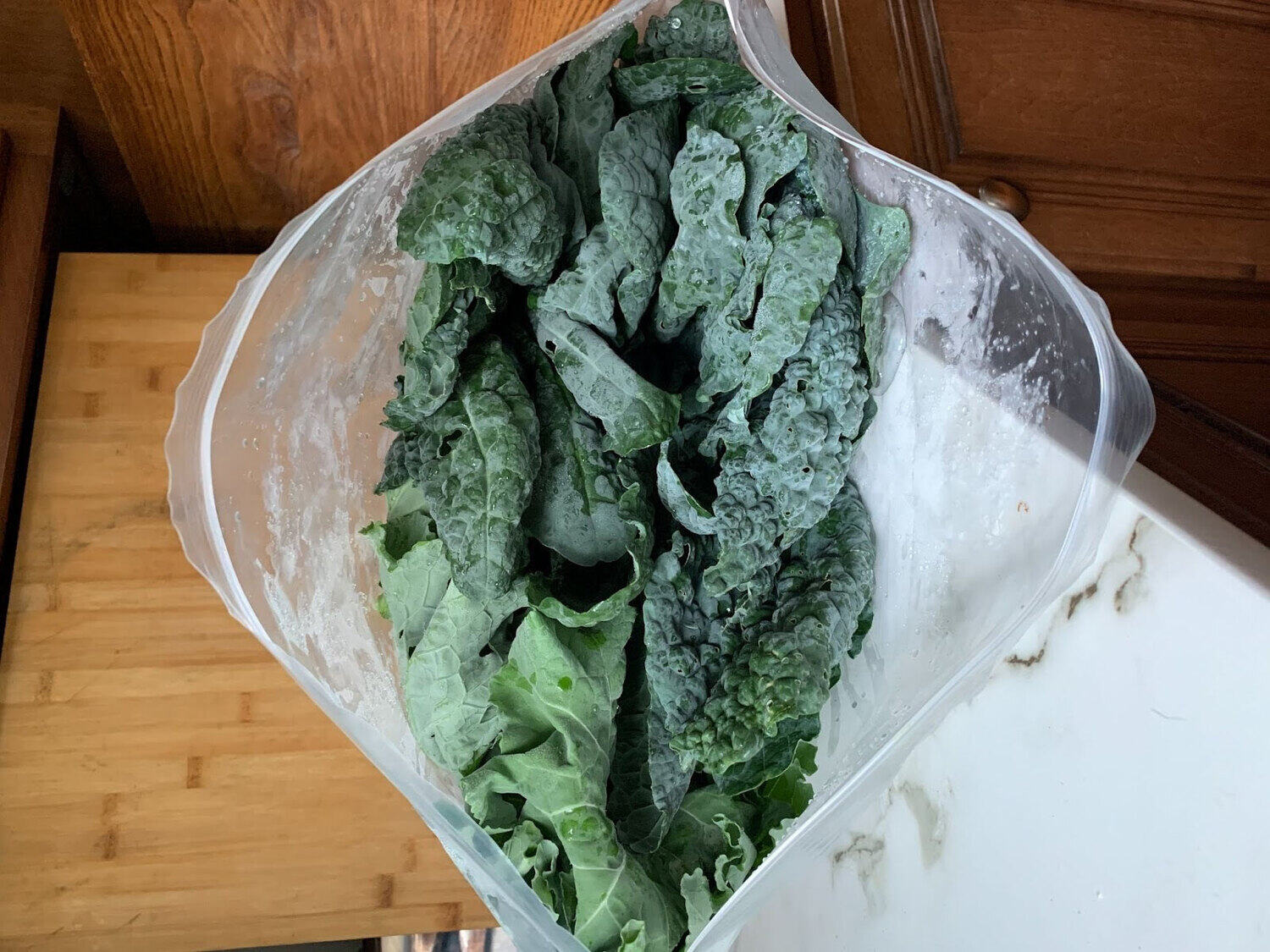
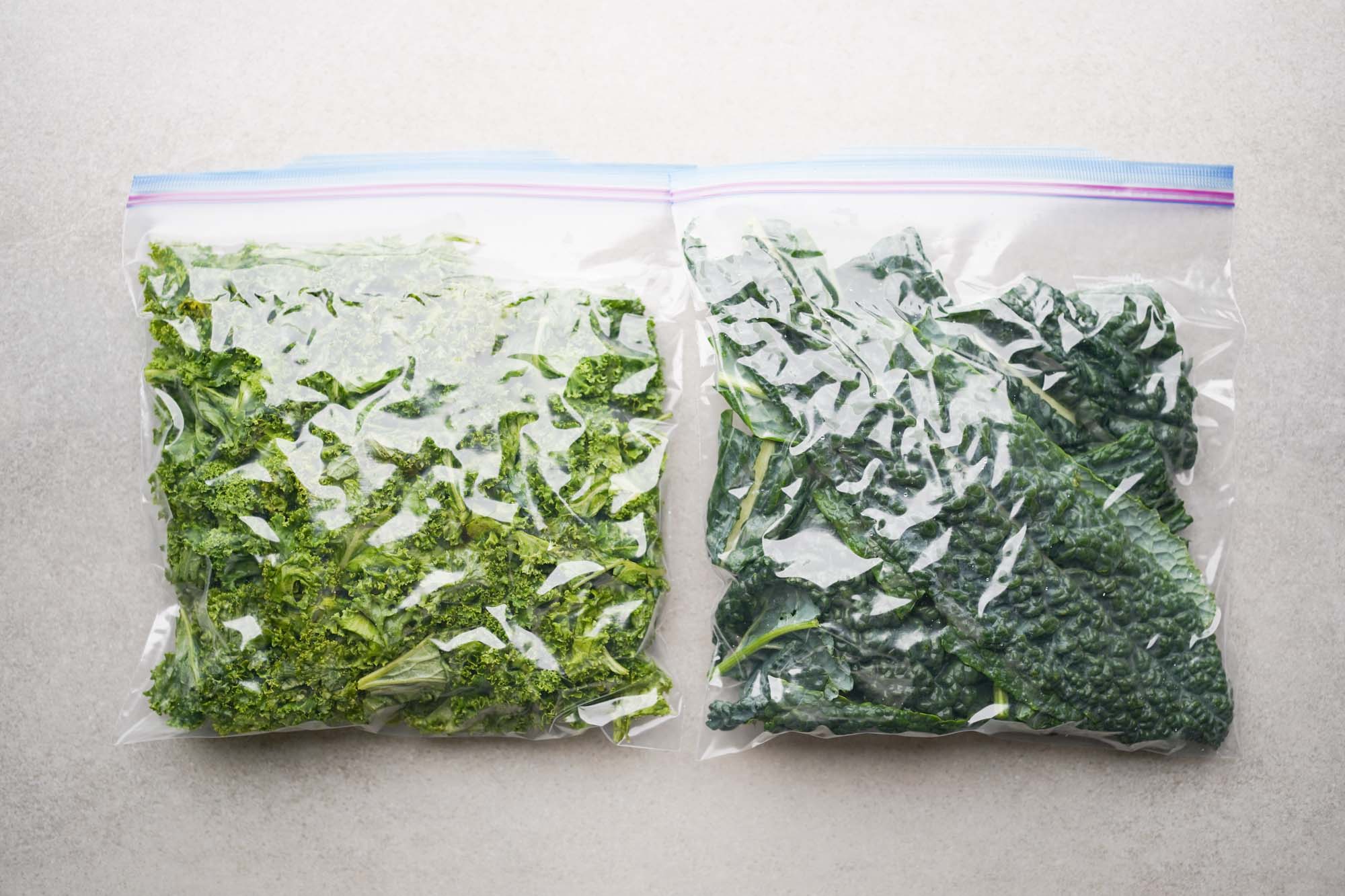
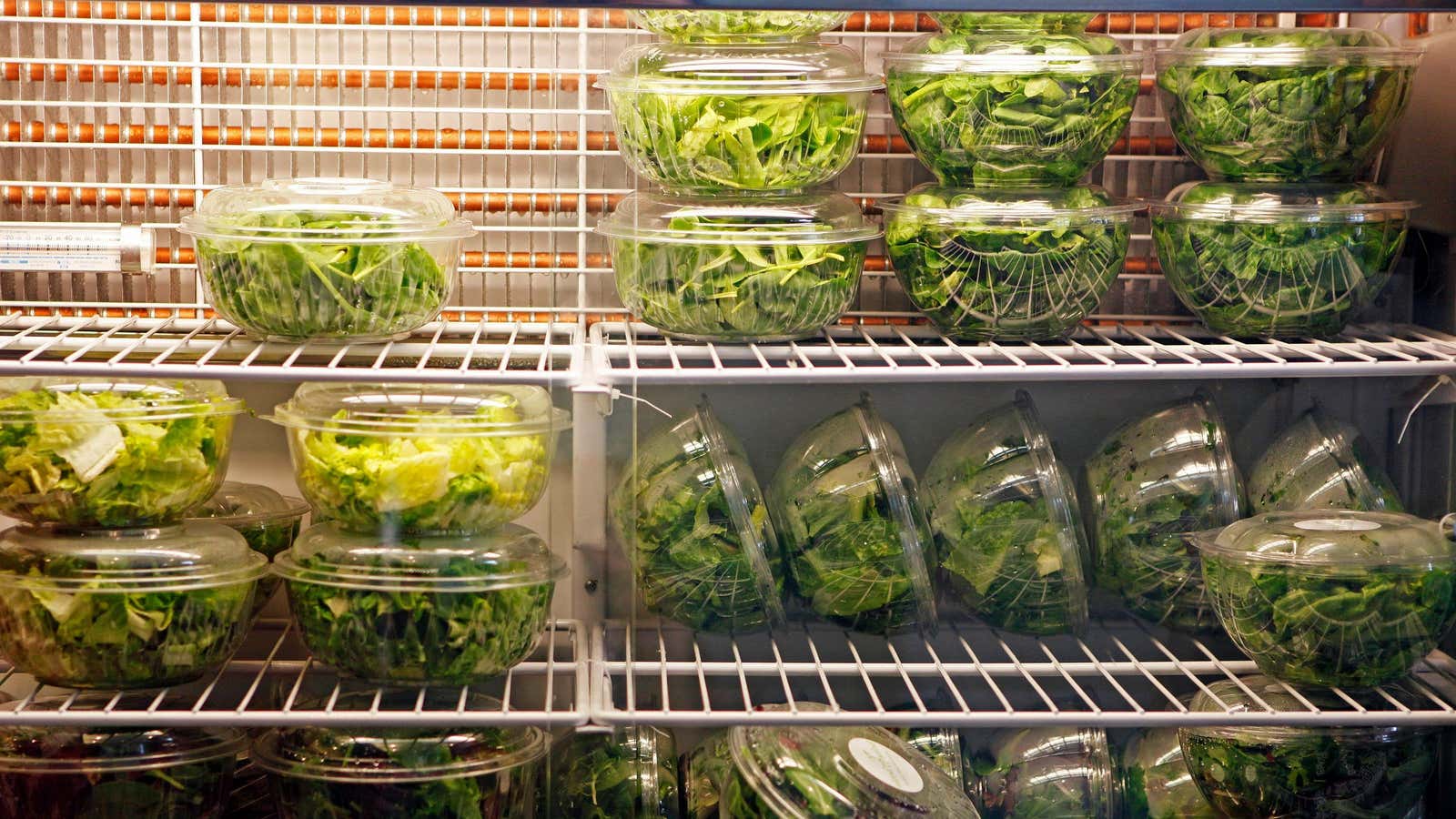
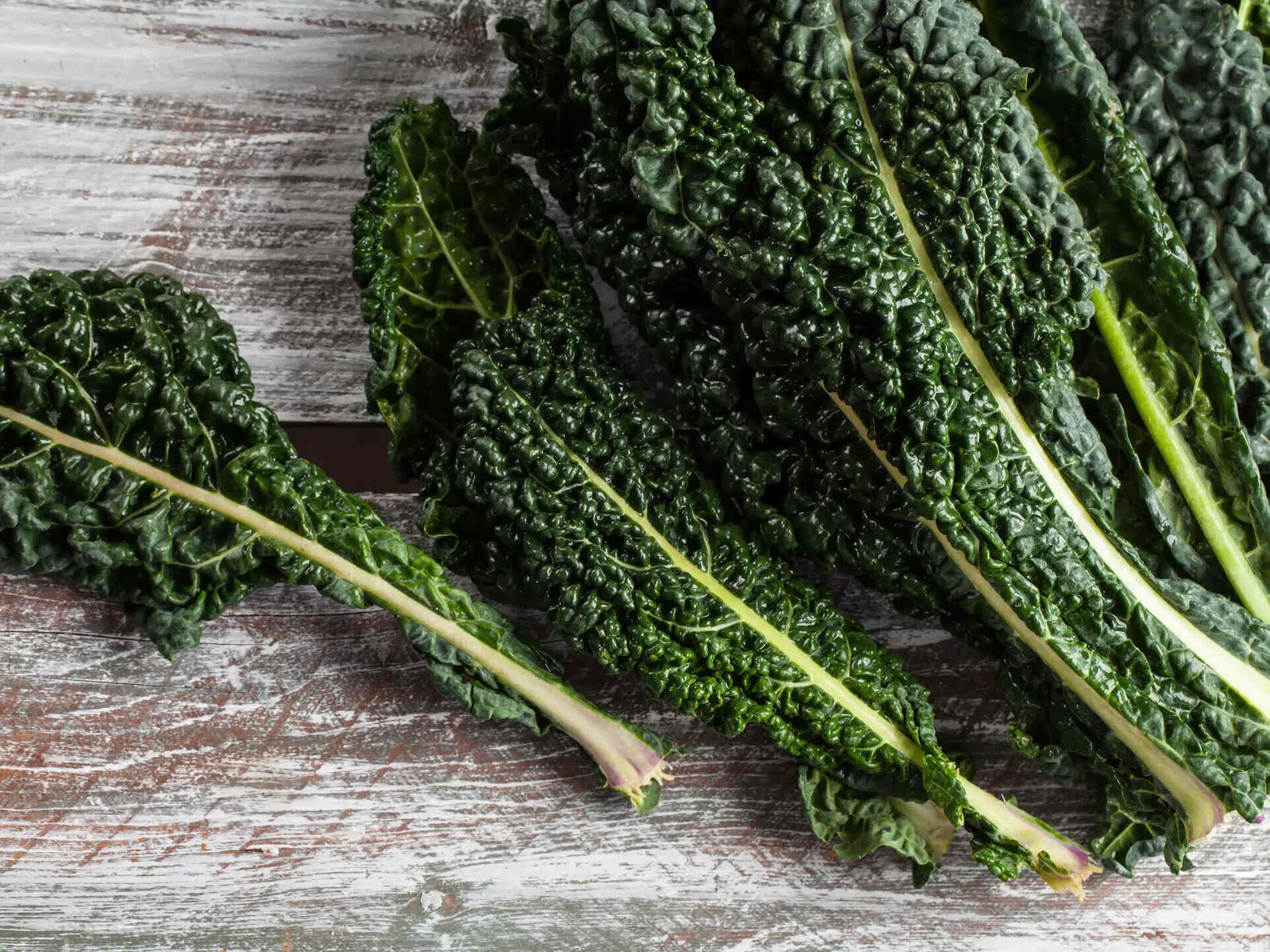
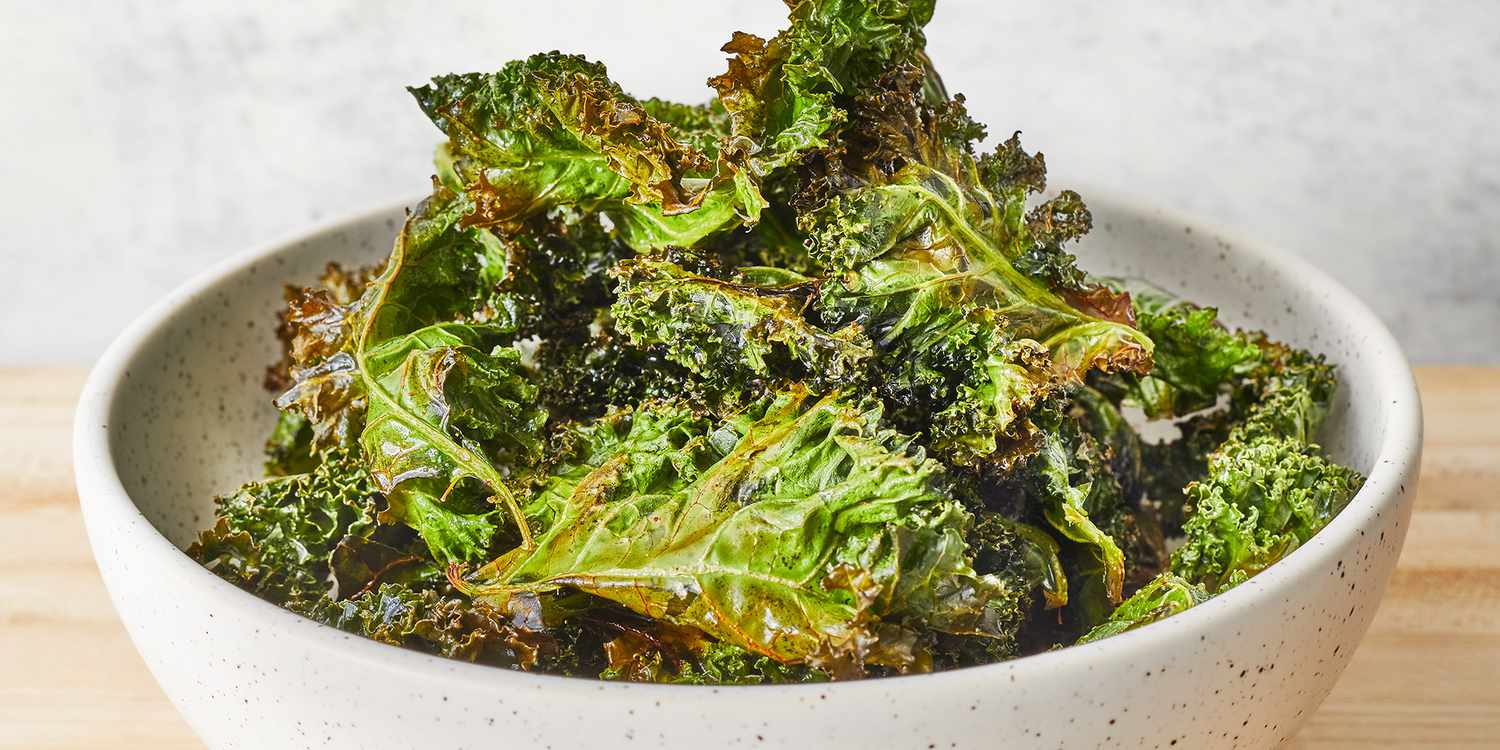
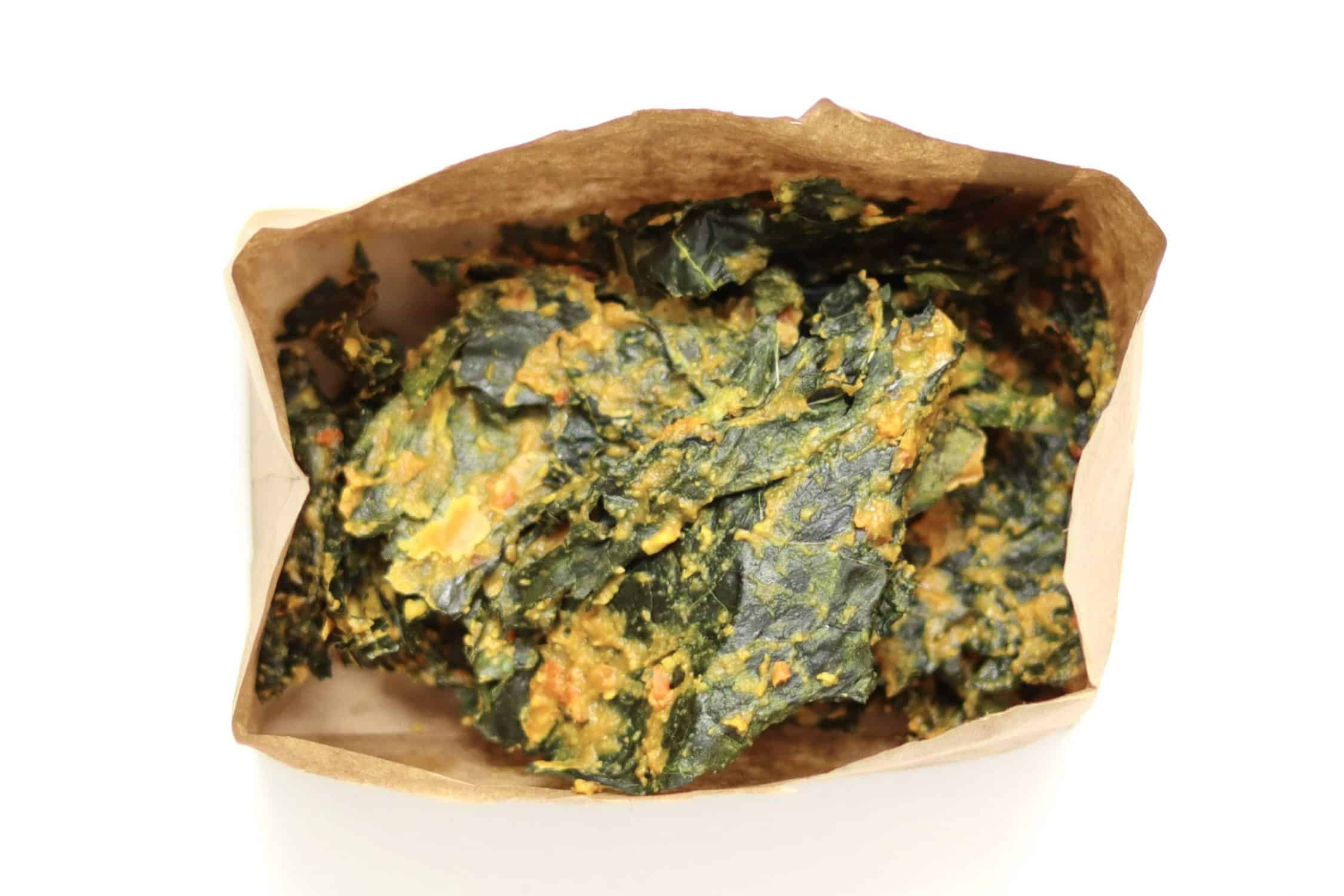
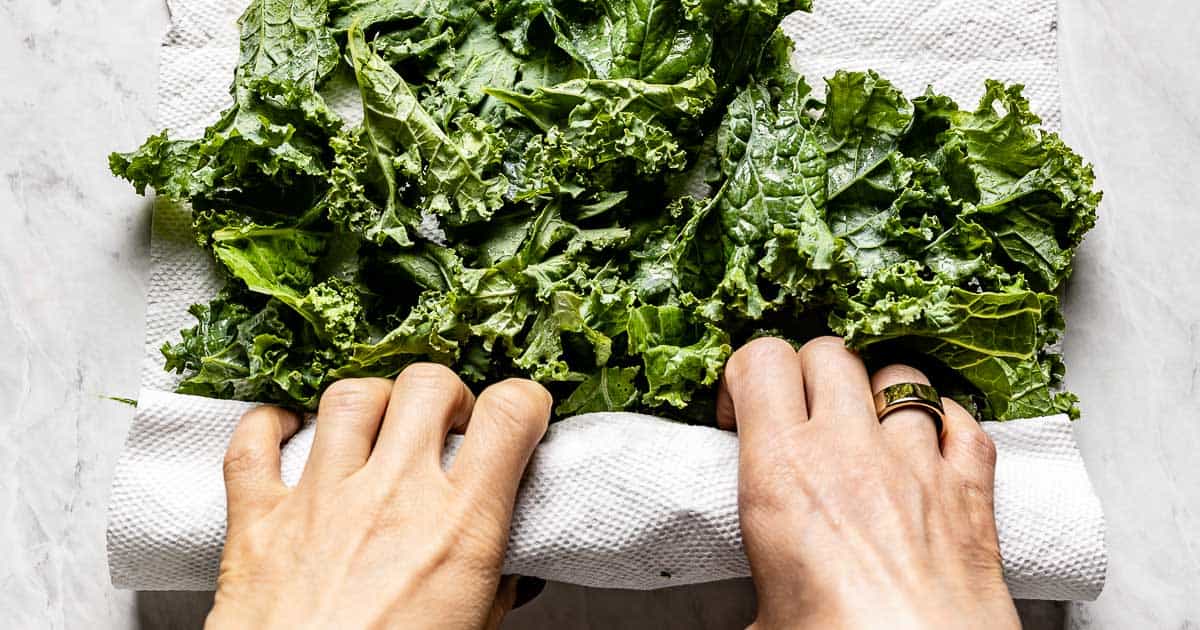
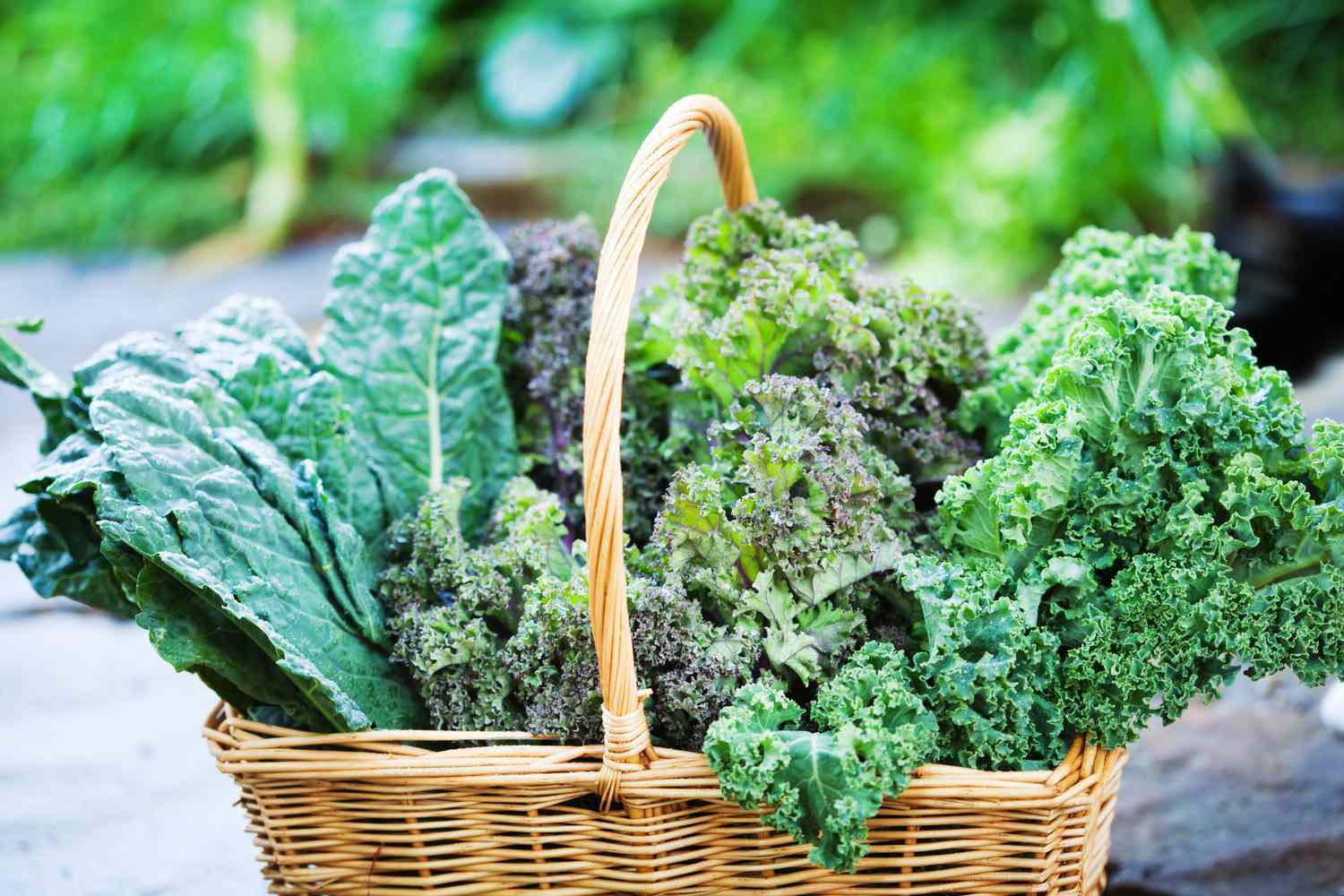
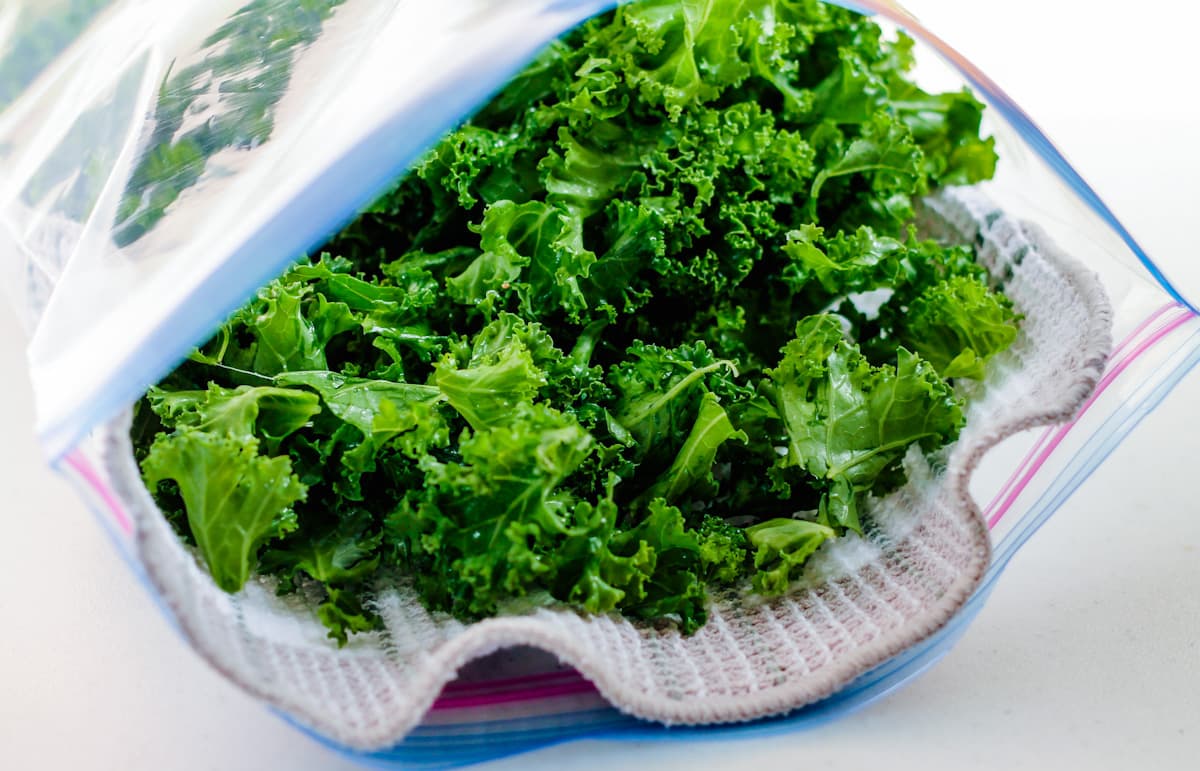
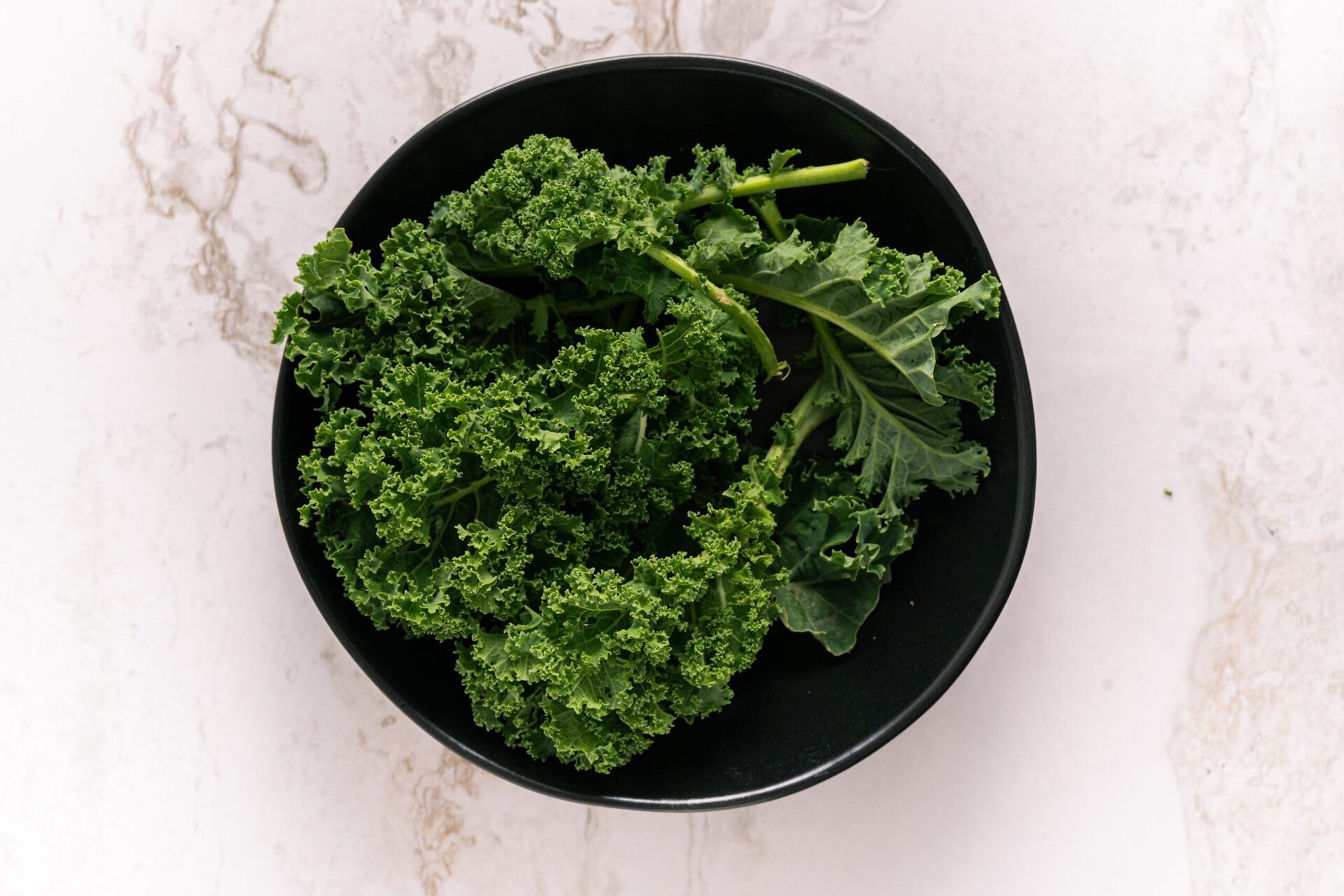
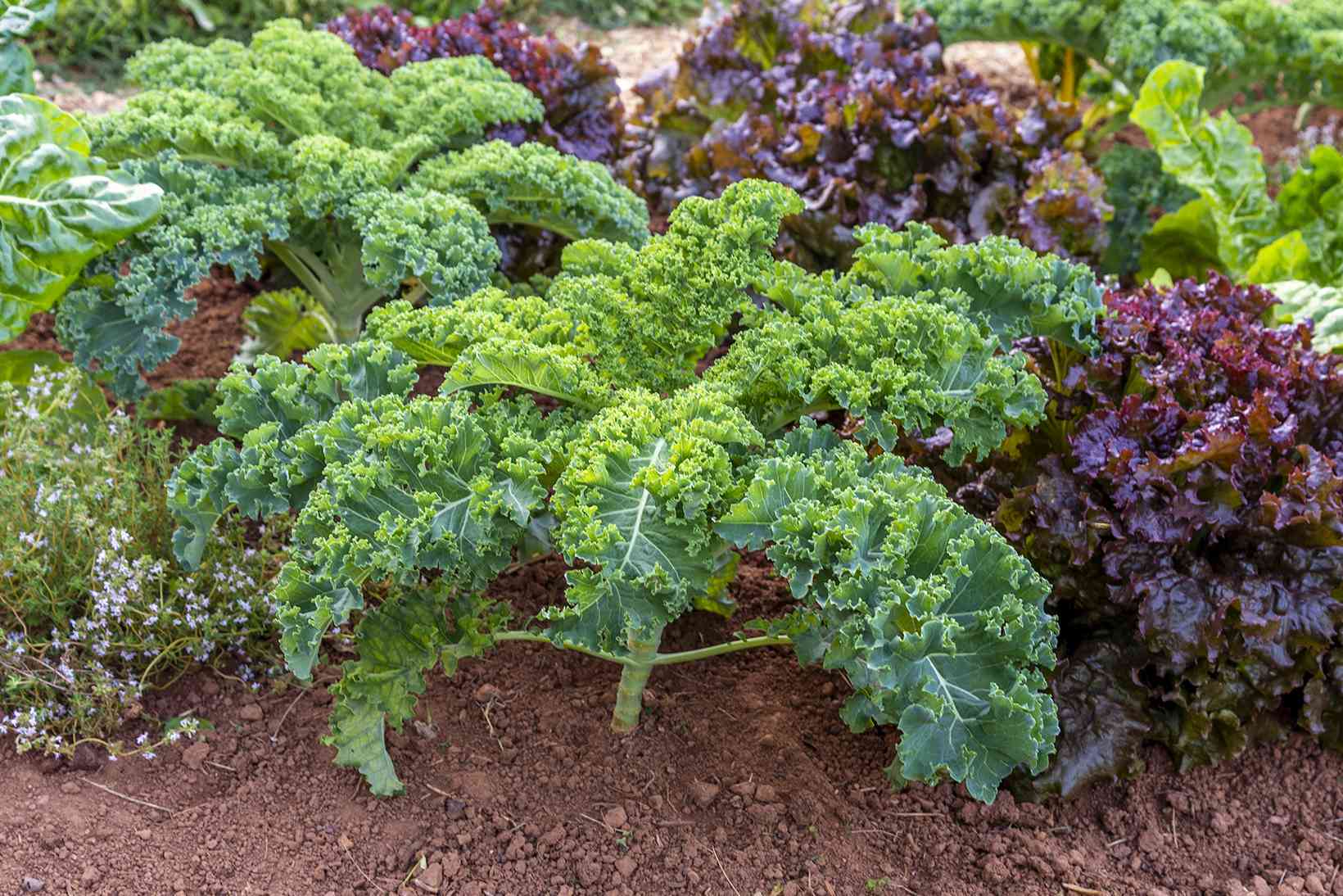
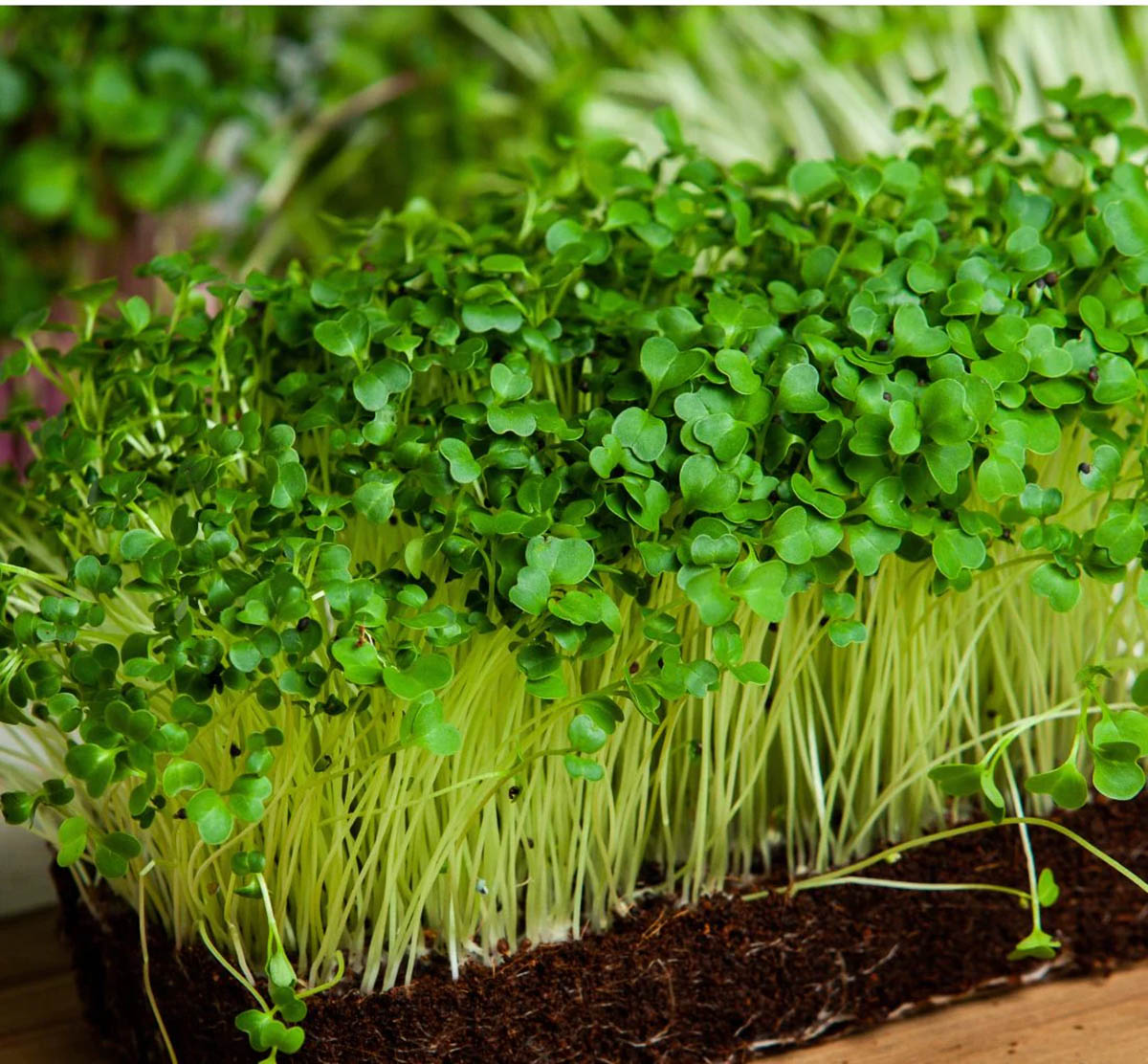

0 thoughts on “How To Store Kale”